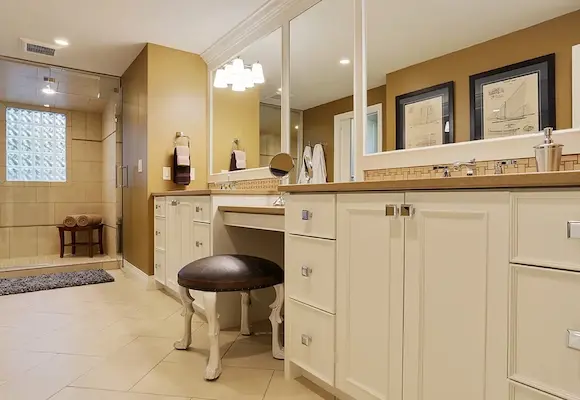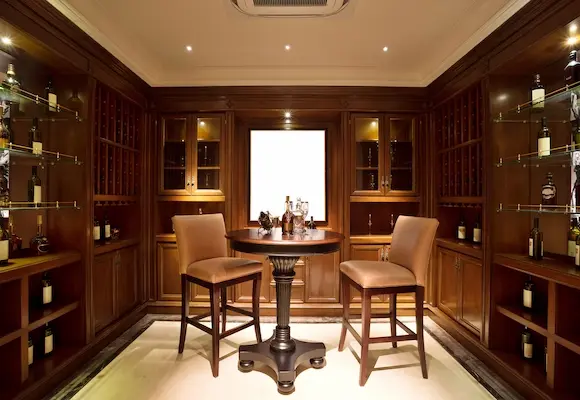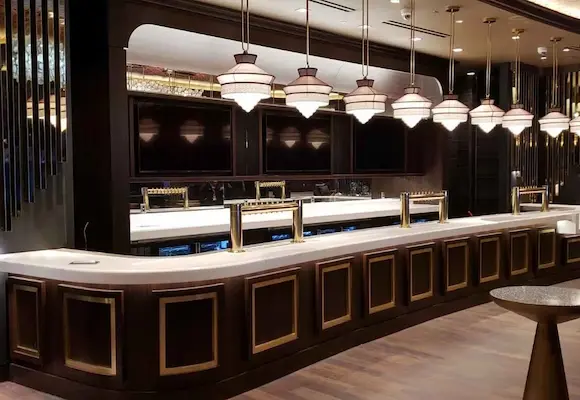April 26, 2024
Architectural trim moldings are the finishing touches on a masterpiece painting– they add depth, character, and elegance to a space, turning a bland room into a visually captivating environment. In this blog, we'll explain what trim moldings are, go over their basics, and how to choose the right ones for your project.
Understanding the Basics of Trim Moldings
Trim moldings, also known simply as trim or molding, are decorative elements installed along the edges of walls, ceilings, and floors. They serve both aesthetic and functional purposes. These moldings tend to improve the overall appearance of a room while hiding imperfections and providing protection to surfaces.
Trim moldings come in various shapes, sizes, and materials, allowing for endless design possibilities. You may already be familiar with classic crown moldings– but have you considered intricate chair rails? Each type of trim molding brings its own unique charm to a space. Keep reading to learn more about the types of trim molding.
The Role of Trim Moldings in Interior Design
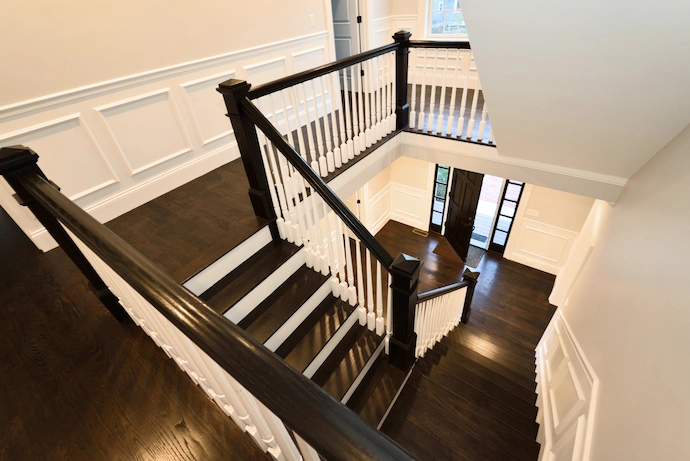
Enhancing Aesthetics with Trim Moldings
One of the primary roles of trim moldings is to enhance the aesthetics of a room. By adding texture, depth, and visual interest, trim moldings contribute to the overall texture and style of a space. No matter if your design vision is classic and traditional or modern and sleek, there's a trim molding style to complement it.
Functional Benefits of Adding Trim to Your Space
Beyond their decorative function, trim moldings offer practical benefits. Baseboards protect walls from scuffs and dents caused by foot traffic and furniture. Crown moldings can help conceal uneven ceiling lines. Chair rails add a touch of sophistication while safeguarding walls from damage caused by chair backs.
Types of Architectural Trim Moldings and Their Uses
Crown Moldings: A Touch of Royalty
Crown moldings, typically installed where the walls meet the ceiling, add a sense of grandeur and elegance to any room. They come in various profiles. You can select from simple and understated to ornate and intricate. The goal is to pick a style that matches your vision and aesthetic plans for the space.
Baseboards, Chair Rails, and Picture Rails: Defining Spaces
Baseboards run along the bottom of walls, covering the joint between the wall and the floor. They provide a clean, finished look while protecting the wall from moisture and dirt. Chair rails, positioned horizontally on walls, serve both decorative and practical purposes, preventing chairs from scratching or denting the wall surface. Picture rails offer a convenient way to hang artwork without damaging the walls with nails or screws.
Window and Door Casings: Framing with Elegance
Window and door casings frame openings with sophistication and style. They add visual interest and conceal the gaps between the wall and the window or door frame. Choose from a variety of profiles and materials to match your design aesthetic and create a cohesive look throughout your space.
Custom Architectural Millwork: Elevating Your Space
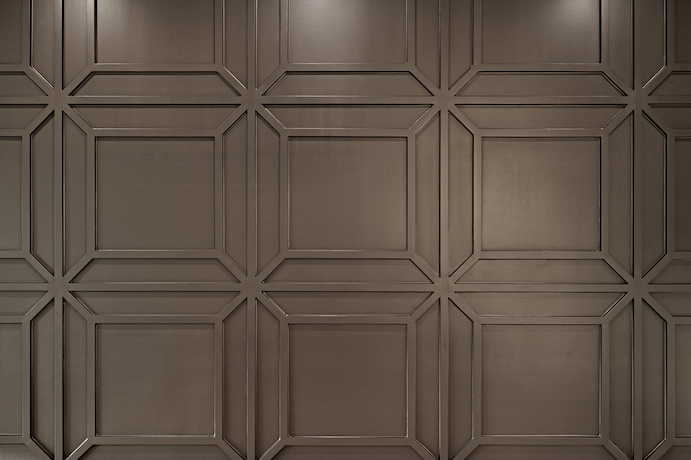
Designing Unique Spaces with Custom Millwork
While standard trim moldings offer a wide range of options, custom architectural millwork takes customization to the next level. With custom millwork, you can bring your unique design vision to life with one-of-a-kind architectural details.
Integrating Custom Woodwork for a Cohesive Look
Custom woodwork allows for the integration of trim moldings with other architectural elements, such as built-in shelving, wainscoting, and coffered ceilings. By coordinating materials, finishes, and designs, you can achieve a cohesive look throughout your space.
The Craftsmanship Behind Architectural Woodwork
The Art of Woodworking: Techniques and Materials
Crafting quality trim moldings requires skill, precision, and attention to detail. Experienced craftsmen use a variety of woodworking techniques, such as milling, carving, and joinery, to create intricate designs and flawless finishes. High-quality materials, including hardwoods like oak, maple, and cherry, ensure durability and longevity.
Quality and Durability in Architectural Millwork
When investing in architectural millwork, quality and durability are critical. Well-crafted trim moldings will enhance the beauty of your space and stand the test of time, maintaining their integrity and aesthetic appeal for years to come. Look for reputable manufacturers and craftsmen who use premium materials in their work.
Choosing the Right Millwork for Your Design Project
Factors to Consider When Selecting Trim Moldings
Consider factors like the style and architecture of your space, your design preferences, and your budget. Take into account the scale of the room, the height of the ceilings, and the overall aesthetic you hope to achieve. Sample materials and profiles to see how they complement your existing decor and furnishings.
Working with Professionals to Customize Your Millwork
For complex projects or custom designs, enlist the expertise of professionals who specialize in architectural millwork. They can help you navigate the myriad options available. Oftentimes they’ll also assist in creating tailored solutions that meet your specific needs and preferences.
From concept to installation, the team at Joseph A. Interiors is committed to delivering exceptional quality and craftsmanship. We craft each piece of trim molding to ensure precision fit and flawless finish, adding sophistication to your most important spaces.
When you choose Joseph A. Interiors, you can trust that you're receiving the highest level of service and expertise in the industry. Let us help you transform your space with exquisite trim moldings that elevate the ambiance and style of your home or commercial environment.
Transform Your Home with Joseph A. Interiors: Contact Us for Customized, Expert Interior Solutions

